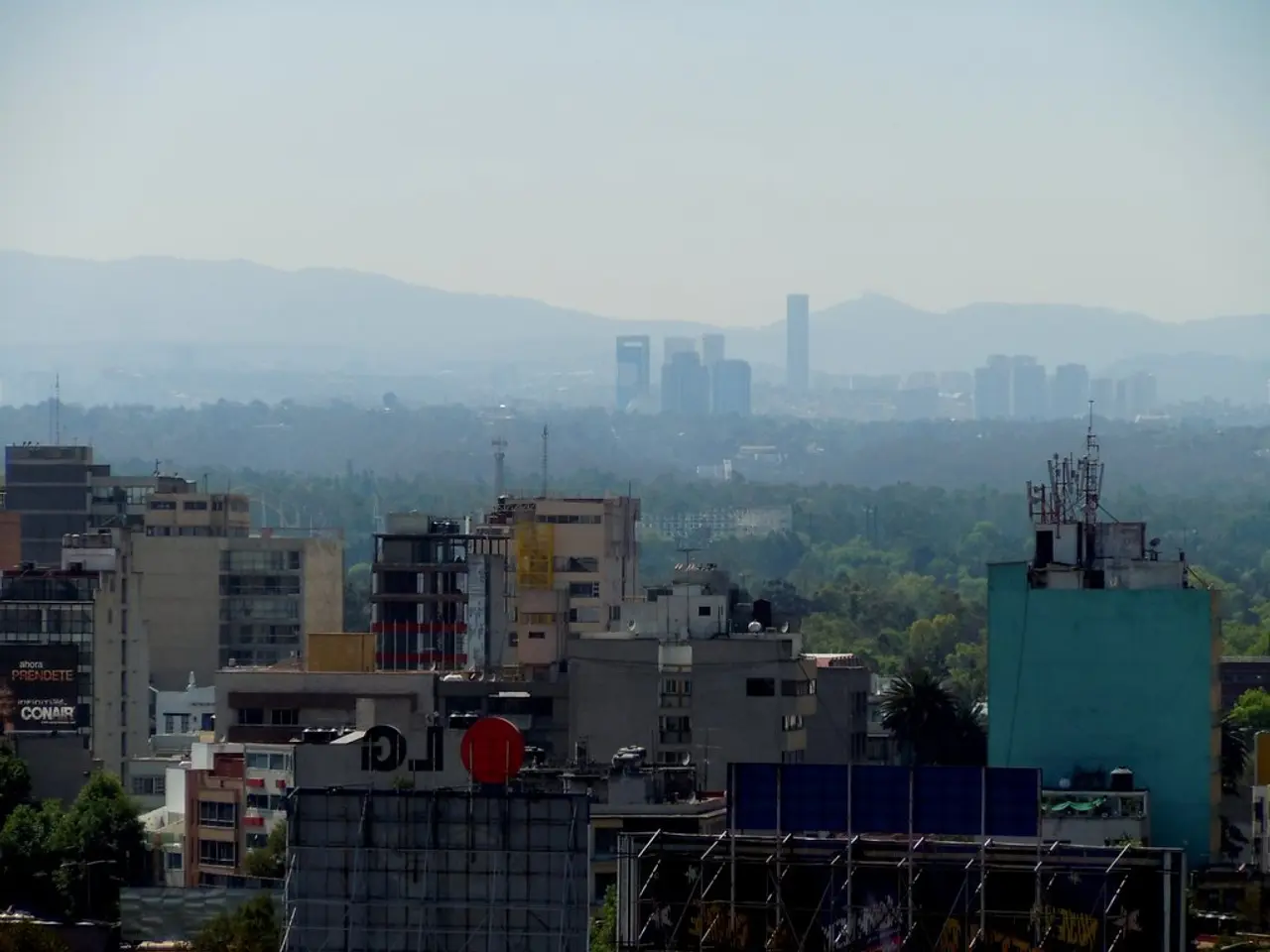Capitalist Class (Bourgeoisie): Explanation & Implication
The term "bourgeoisie" has been a significant part of social and economic history, particularly in the 18th and 19th centuries. This group, initially consisting of bankers and industrialists, was known as the haute bourgeoisie, while the petite bourgeoisie was made up of tradesmen and white-collar workers.
A more recent term, coined by Rene Remond, is the ancienne bourgeoisie. These are individuals who acquired their status during the "Ancien Regime" and have held onto it for 400 or 500 years.
Scholars have further differentiated the bourgeoisie by education and wealth. The educated bourgeoisie, often referred to as the intelligentsia, includes academics, artists, writers, and journalists. They are individuals who remain engaged in personal intellectual pursuits throughout their lives.
Historically, countries like England, France, and Germany played a significant role in the development and rise of the bourgeoisie. In England, agricultural reforms and industrialization began, while in France, the bourgeoisie gained power particularly through the French Revolution in 1789. Germany saw the bourgeoisie gradually diminish aristocratic power and expand their influence in administration, science, and industry during the 19th century.
In a purely Marxist sense, the bourgeoisie represents those who own the means of production. Marx saw the bourgeoisie as a politically progressive social class during the 17th and 18th centuries who supported both the principles of constitutional government and natural rights and the claims of divine right that nobles had used as justifications for their rule during Feudalism.
According to Marx, the English Civil War, the American War of Independence, and the French Revolutions were each motivated in part by a desire by the bourgeoisie to rid themselves of feudal and royal intrusion into their personal freedoms, commercial abilities, and the ownership of property.
By the end of the Industrial Revolution, the bourgeoisie began to stratify based on levels of business activity and economic function, birthing the haute and petite bourgeoisie.
In many Francophone countries, the bourgeoisie is considered to consist of five evolving social layers: the petite, moyen, grande, haute, and ancienne bourgeoisie.
In the strictly Marxist sense, the bourgeoisie earns profits by deriving work from workers, while the workers sell their ability to work and their labor for a wage.
It's important to note that "bourgeois" is also a French loanword that refers to an individual belonging to the middle class, and can be employed as an adjective to denote traits of the middle class.
The bourgeoisie class considered itself to be in opposition to the nobility and clergy, instead claiming to represent the general public and valuing dynamism and orientation toward achievement over birth.







